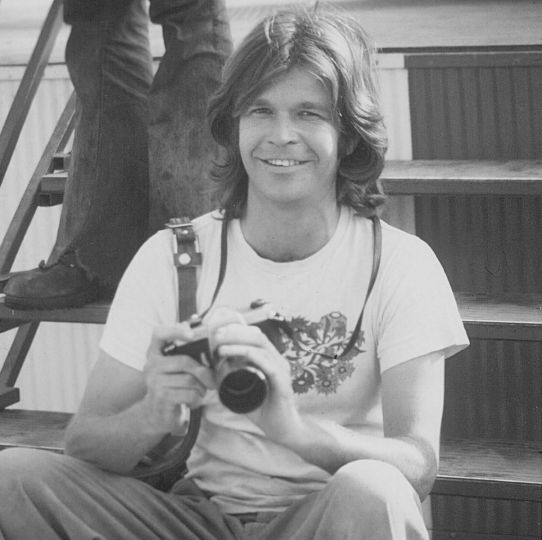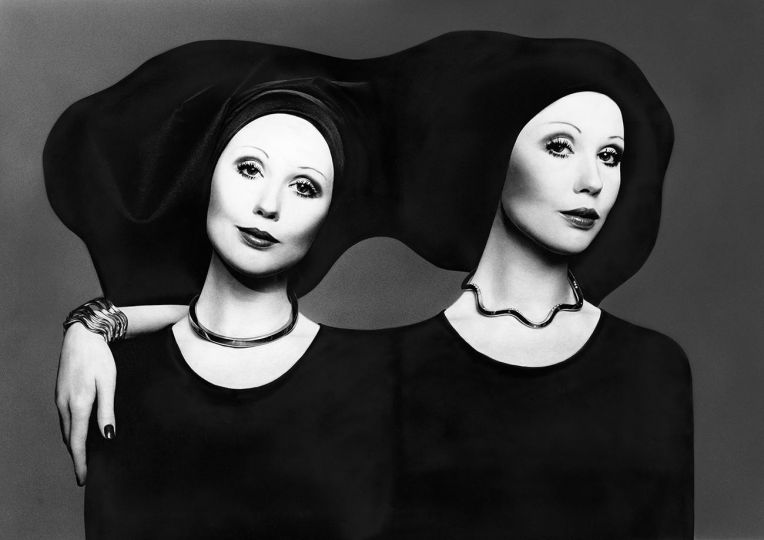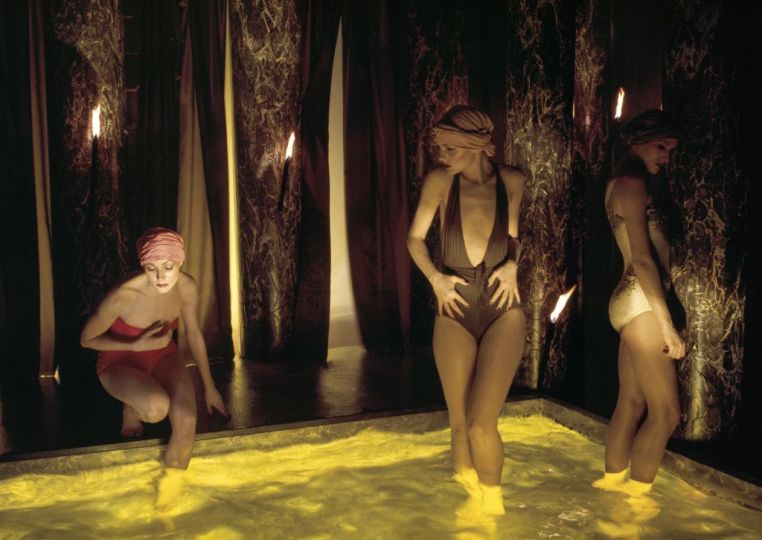There is no love, no affectedness, not even sensuality in the work of Daniel Boudinet. This secret young man, as handsome as he was sensitive, always kept feelings at a distance, whether they were good or bad. He threw himself into photography in 1968, the year of rupture. From the first he mistrusted beauty and too-perfect harmony as much as he did intellectual, sexual, social, and political conniving. He had no use for those who wasted seduction and abused charm. He chose hard work, and he never went back on this choice for the entire 20 years of his career. In his portraits, there is no decoration, no detail to distract the attention. When he took landscapes, interior or exterior, and when he examined architecture, Boudinet also shunned stylistic effect. He photographed the bucolic Alsace in black and white, as well as sites like Bombarzo in Italy and Petra in Jordan. In color, he photographed Paris, Rome, and London by night, in their most gentle form, as if the night life of these cities were swarming with adventures that didn’t interest him. Daniel Boudinet did several books, collaborated with magazines like City, Beaux-Arts, L’Objet d’art, and Elle Décoration, and participated in shows (at the Pompidou Center and museums in Finland, Japan, and Hong Kong). But he was never bent on making a name for himself or having his work well known. He was independent and not worried about deviating from the photography that was in vogue (fabricated images, mises en scène, reinterpretation, postmodernism). The descendants of Le Gray, Baldus, Salzmann, and Atget can be credited with perpetuating a strict and exemplary photographic practice. Boudinet is one of these.
Pierre Bonhomme, Mission du Patrimoine Photographique, Paris
Daniel Boudinet was born in 1945 and achieved his greatest renown as a photographer in the 1970s and ’80s. His portraits were of writers and men of letters, as well as directors and actors such as Dirk Bogarde, Dominique Sanda, R. W. Fassbinder, and Isabelle Huppert. He died in 1990.















